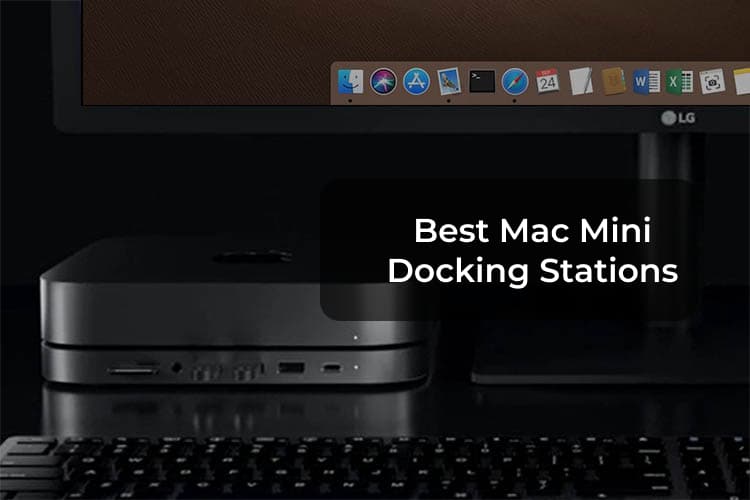

Don’t forget to have your Mac connected to the charger. You could also use an external power source or even a self-powered USB hub - adding its power to the power of your Mac might resolve the issue. Check that your USB cable is delivering enough power to the hard drive and, if need be, swap to a more powerful connector or to a different USB port on your Mac. However, if your hard drive needs a stronger power output, it may work slower than expected or not connect at all. Normally, a device requires up to 500 mA, which can be provided by a standard USB 1.0 or 2.0. Some hard drives require more power supply than others, different types and brands of cables provide more or less energy. Then go to Sidebar and check Hard disks and External disks there as well.

Make sure you tick the boxes next to External disks and Hard disks. Follow Preferences → General → Show these items on the desktop. To fix that, go to Finder and click on the Finder button in the menu bar at the top of the screen. Your settings might not be set to display external hard drives on your desktop. However, you could still check your preferences - just in case. If this is not the first time you’re using an external hard drive and experiencing such a problem, it is not likely to be an issue for you. Whatever happens, there are always ways to deal with it. But what if it’s not there? There can be many reasons for a Mac not reading a hard drive - poor connection, faulty cable or, in the worst-case scenario, corrupt hard drive data. When you plug in a hard drive into your Mac, you expect it to pop up in Locations in Finder - next to your remote disk and the computer itself. Your external drive not showing up on Mac? Here’s what to do We outline a range of straightforward solutions to an external hard drive not showing up on Mac in the following sections.

However, if you're eager to fix this bug yourself, keep reading. Just tell them about your problem and receive quick and effective help with almost any possible tech issue. But there’s no need to panic! Just ask for help from a real pro, and they are easy to find!ĭownload MacKeeper and access your personal tech expert, available 24/7. Watching and waiting for some better hubs/docks/enclosures to come out matching the Mini’s design.Fixing a problem with an external hard drive can be really hard for non tech-savvy users.
#USB HARD DRIVE FOR MAC MINI PRO#
It uses at most 1/10th the power of my Mac Pro and never gets hot, it’s really the first Mac I’m comfortable leaving on all the time! Monitors go to sleep, the Mini runs 24x7. My solution is I don’t let the Mini sleep at all. Shame because for $50 AUD I thought I’d get an SSD enclosure and extra ports all hidden nicely under the Mini.

The dock should have enough power to handle a 2.5” ssd, but it doesn’t. It handles USB-A just fine, I have two Dell monitors each with a built-in 4-port hub connected to each USB-A port on the Mini, with a HDD, SSD, USB-C camera, scanner and some hot-plug USB cables (micro, mini, 3, lightning) hanging off them, and everything works perfectly. Only the SSD in the dock connected directly to USB-C has the sleep issues.multiple warnings about not being ejected when I wake up the computer in the morning. Same here - moved from a 2010 Mac Pro so had lots of internal drives to move across to external enclosures:ġ x 5tb HDD with USB 3, connected through monitor’s USB 3 (A) hubġ x 512gb SSD with USB-C, connected through monitor’s USB 3 (A) hubġ x 1tb SSD in a Hagibis dock with USB-C, connected to Mac Mini’s USB-C


 0 kommentar(er)
0 kommentar(er)
